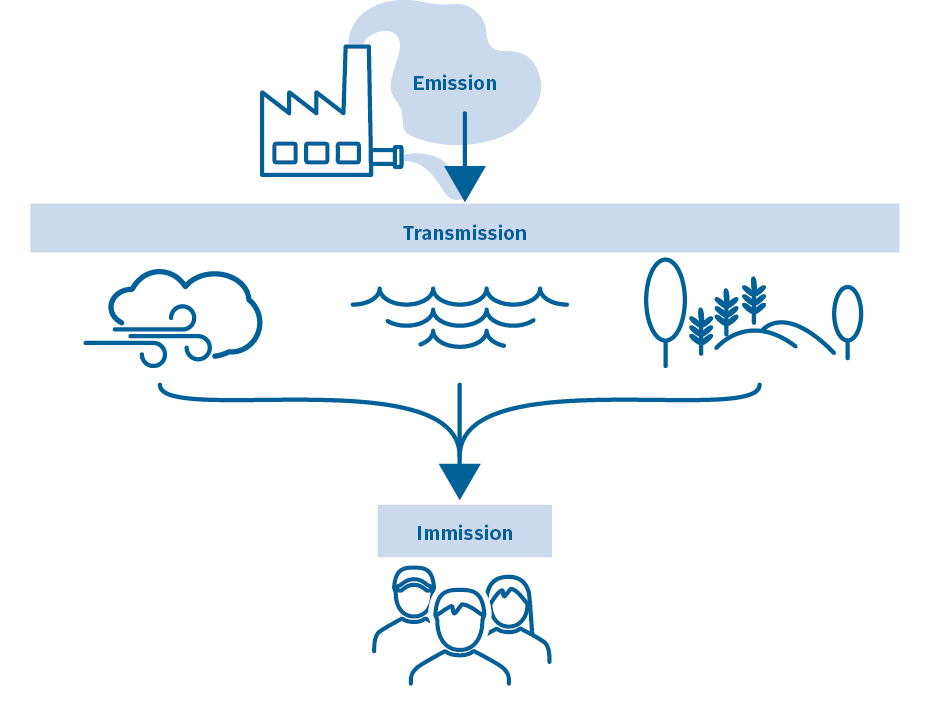Get in touch!
Emissions and immissions
Emission and/or immission regulations exist in most countries of the world to protect the environment and people that are relevant to operation of a steam boiler system and must be taken into account in the planning.

- Emission is the release of pollutants into the environment. These result, for example, from power plants, industrial facilities and motor vehicles when in operation.The source of emissions (person or object) is referred to as the emitter.
- Transmission refers to the distribution of emissions via air, water or soil.
- Immission refers to the contamination of air, water or soil which affects people or other organisms.
The following emissions are normally controlled and relevant for a boiler system:
- Airborne emissions (flue gases from combustion systems)
- Nitrogen oxide (NOx)
- Sulphur compounds (SO2)
- Carbon monoxide (CO)
- Sound
- Waste water and water protection
- Delivery, storage and distribution of water polluting substances (e.g. fuel oil)
- Introduction of waste water the content of which is subject to requirements (e.g. pH value, temperature)